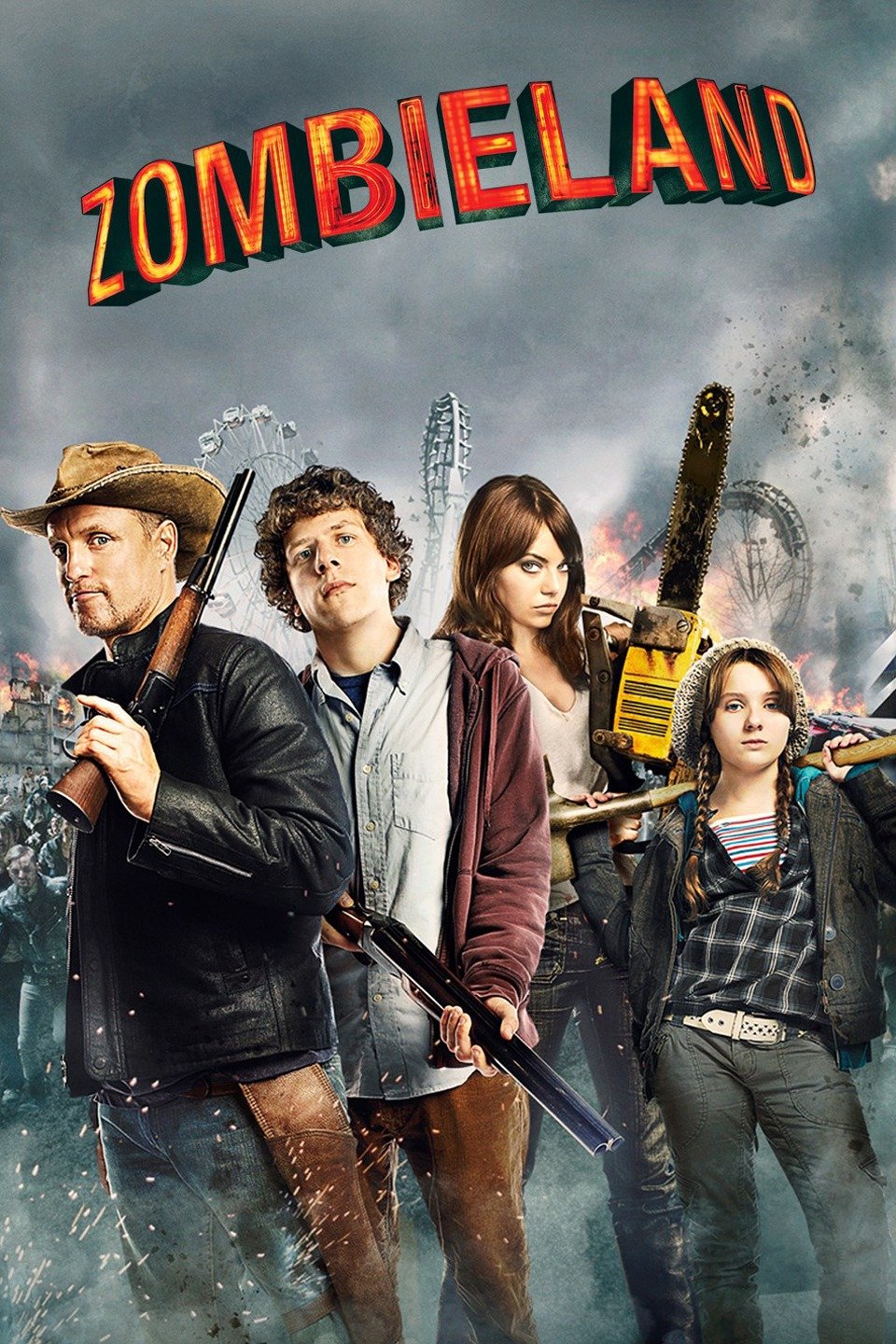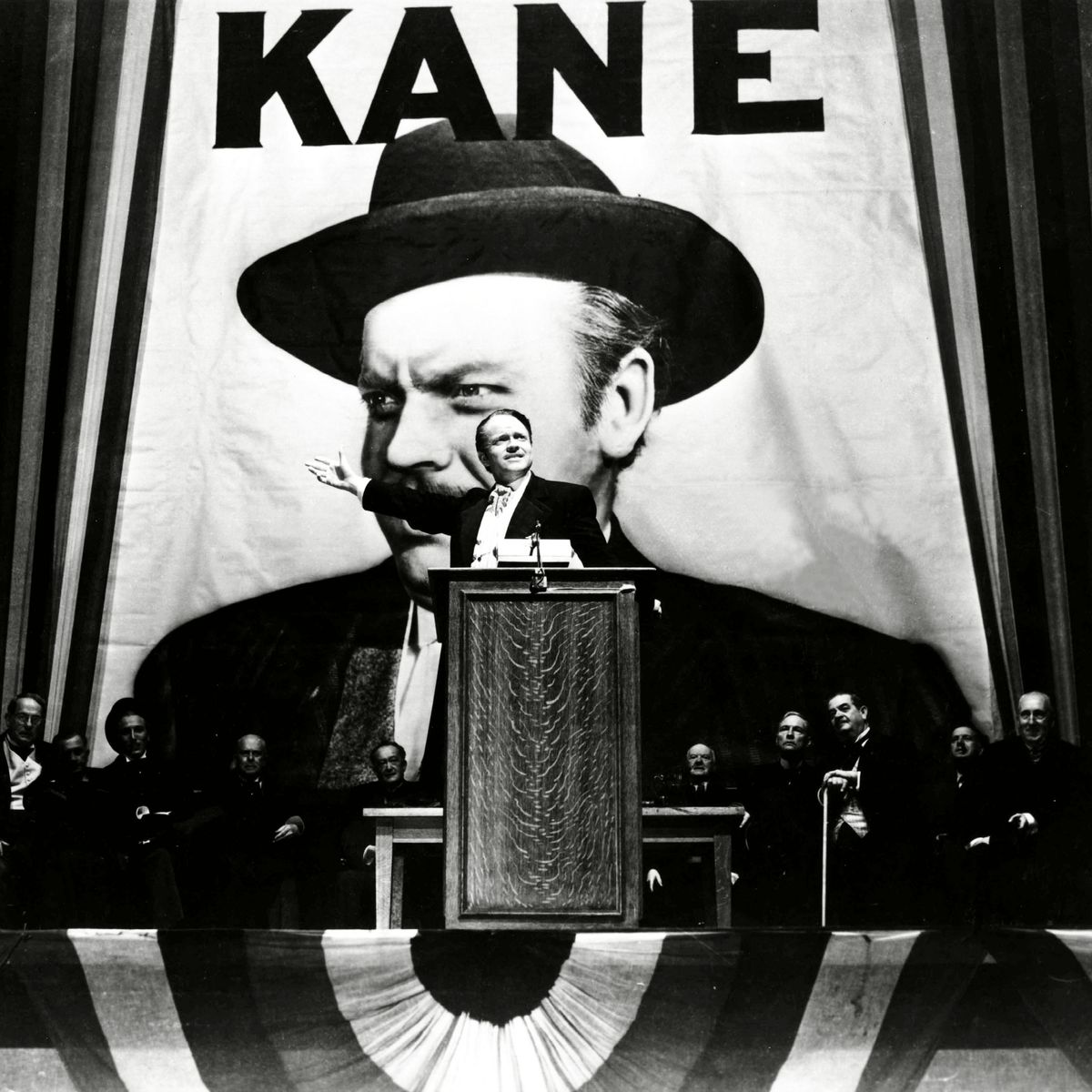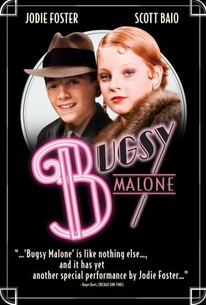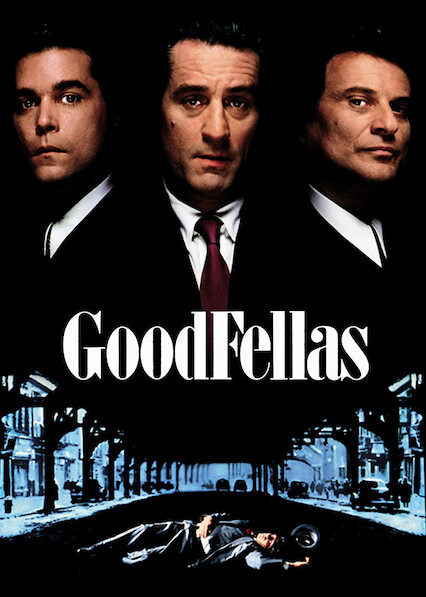Monthly Archives: February 2021
Filters
MEXICAN NEW WAVE/NUEVO CINE MEXICANO;
Presentation on link below;
CREATION OF A GENRE; PSYCH-HORROR
Psychological Horror is a subgenre of the Horror genre, which rather than focusing on quantifiable threats (though this is not a hard-and-fast rule), create fear through the use of abstract concepts and undefeatable forces. This often crosses through the adjacent ideas of Art Horror, Existentialism and Horror-of-Personality.

- The inception of the genre is found in the German Expressionist movement, wherein most horror finds its genesis, though Psychological Horror specifically finds its development because the films of the time were being made to express the zeitgeist of fears that the German public felt during the period. The Cabinet of Dr. Caligari is exemplary here, as its horror is derived from a pervasive force of calamity which causes people across the town to die and go missing, hypnotic phenomena which appear to defy the laws of nature, and eventually, the plot spiraling into the confusing chaos of its unreliable narrator and obscure truth.
- The classics of the genre come from, among others, the Russian-taught auteur Alfred Hitchcock. His films, due to extremely strict rules surrounding violence and sexuality in movies, relied far more heavily on implication, as well as horror of the mind. Among others, Psycho is a great example of this, as the most graphic visual to appear onscreen is a withered skeleton, but it creates dread in the viewer’s brain through the sheer tension it builds, and the nature of the characters appearing.
- Parodical takes on these classics include the Hitchcock spoof High Anxiety, which takes some of the tropes associated with the genre and flips them on their head, introducing a lot of aspects such as dirty jokes and sexual humour to subvert the usual more psychological take Hitchcock has on his characters’ sexuality, as could have been seen in Psycho with its sexually confused and sadistic killer. Here, though, such themes are explored with encounters with flashers, or references to S&M sessions. This takes things that we see as intellectual or complex in true psychological horror movies and turns them into a joke.
- The genre becomes deconstructed later on in David Lynch‘s body of work, another esteemed and distinguished auteur, during the 20th Century, starting in the 70s with the Black & White silent feature Eraserhead – which takes the usual storytelling horror of the psychological horror film, and abstracts it into a pure and primordial force in the form of the protagonist’s child. It is something fully unrecognizable to any audience member purely through its appearance and actions, but we are forced to give it its meaning and realise its true horror exclusively through the viewer’s mind.
Metz: model of genre development (1974)
‘zombie movie’ sub-genre of horror films.
- Experimental – Night of the Living Dead
Set the standard for zombies being seen in horror and sets up a lot of the tropes for movies to follow.
2. Classic – 28 days later
Uses the already set up conventions of a zombie movie in a post-apocalyptic horror drama.
3. Parody – zombieland or shaun of the dead


As people now understand the conventions of zombie films, filmmakers start taking the tropes and using them comically.
4. deconstruction – THE DEAD DON’T DIE

Jarmusch takes the classic conventions of zombie movies and subverts them, using his auteur style.
mystery film genre
Most are based on existing novels of the mystery genre – the films are influenced alot from that existing genre.

Sherlock Holmes (1916): First film of the genre, it was based off of the novel so the genre was already set based off of the literary genre.

Citizen Kane (1941): Solidifies the mystery genre, including interviews, collection of past events and the final reveal.

Clue (1986)

Knives Out (2019):
one-minute science fiction film
model of genre development
Genre : Western

Experimental Western : The Great Train Robbery (Dir. Edwin S. Porter, 1903)
Experimental : Early films that help to form conventions

Classic Western : Stagecoach (Dir. John Ford, 1939)
Classic : The phase of films that establish narrative conventions of genre. This is part of this genre’s most successful and defining period

Parody Western : Rango (Dir. Gore Verbinski, 2011)
Parody : These are films that mimicked the genre in some comical way

Deconstruction Western : Django Unchained (Dir. Quentin Tarantino, 2012)
Deconstruction : This is the phase where films which have taken generic elements of a genre and amalgamated/merged them into sub genres
La Jetée inspired task
Criminal films – Model of genre

Experimental – Scarface – 1932 – The first popular gangster film to be based on real events. (Al Capone)
Classic – The God-Father 1972 – This Film was the most successful at the character and environment development which was used as a template for many future American gangster films.

Parody – Bugsy Malone – 1976 – A spoof gangster film where the cast is made up entirely of children which puts a comedic spin on the genre.
Deconstruction – Good Fellas – 1990 – A film about a small-time gangster working up the ranks of the mafia whilst focusing on his psychological deterioration.


Model of Genre development: Sci-Fi
- Experimental – this is when early films helped to formalize convention, for example, Metropolis (1927) which set up the ideas of other planets and robots and futuristic technology that had the ability to do this we could hardly imagine.
- Classic – this is when the phase of films which established the narrative conventions of the genre in it’s most successful and defining period, for example Star Wars (1977) which continues the ideas of other planets, robots and futuristic technologies, though this time these conventions are used to greater effect and propels these ideas further forward

- Parody – these are films that have mimicked the genre in some comical way, for example Spaceballs (1987) which takes the ideas from Star Wars and takes an ironic stance on many of the technologies and typical characters in sci-fi movies.
- Deconstruction – this is the phase where films which have taken generic elements from the genre and amalgamated / merged them into sub genres, for example Donnie Darko (2001) which merged the the idea of philosophical arguments of time travel and alternate realities which is represented in the nonlinear structure of the film and the actual plot of the film and the genre of psychological thrillers.
